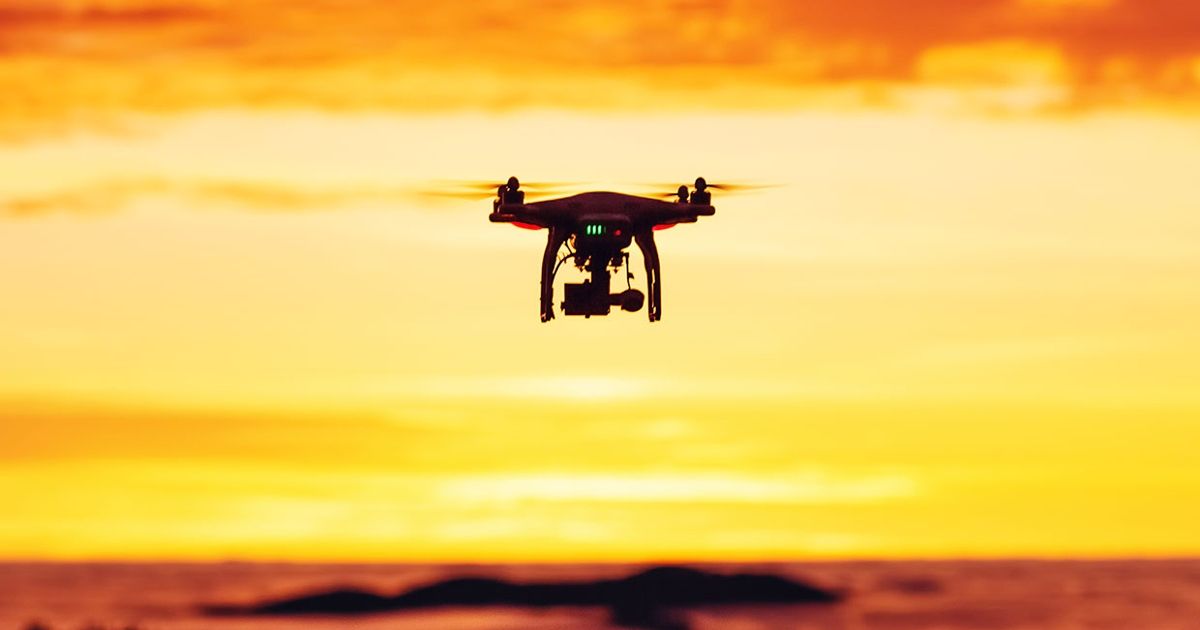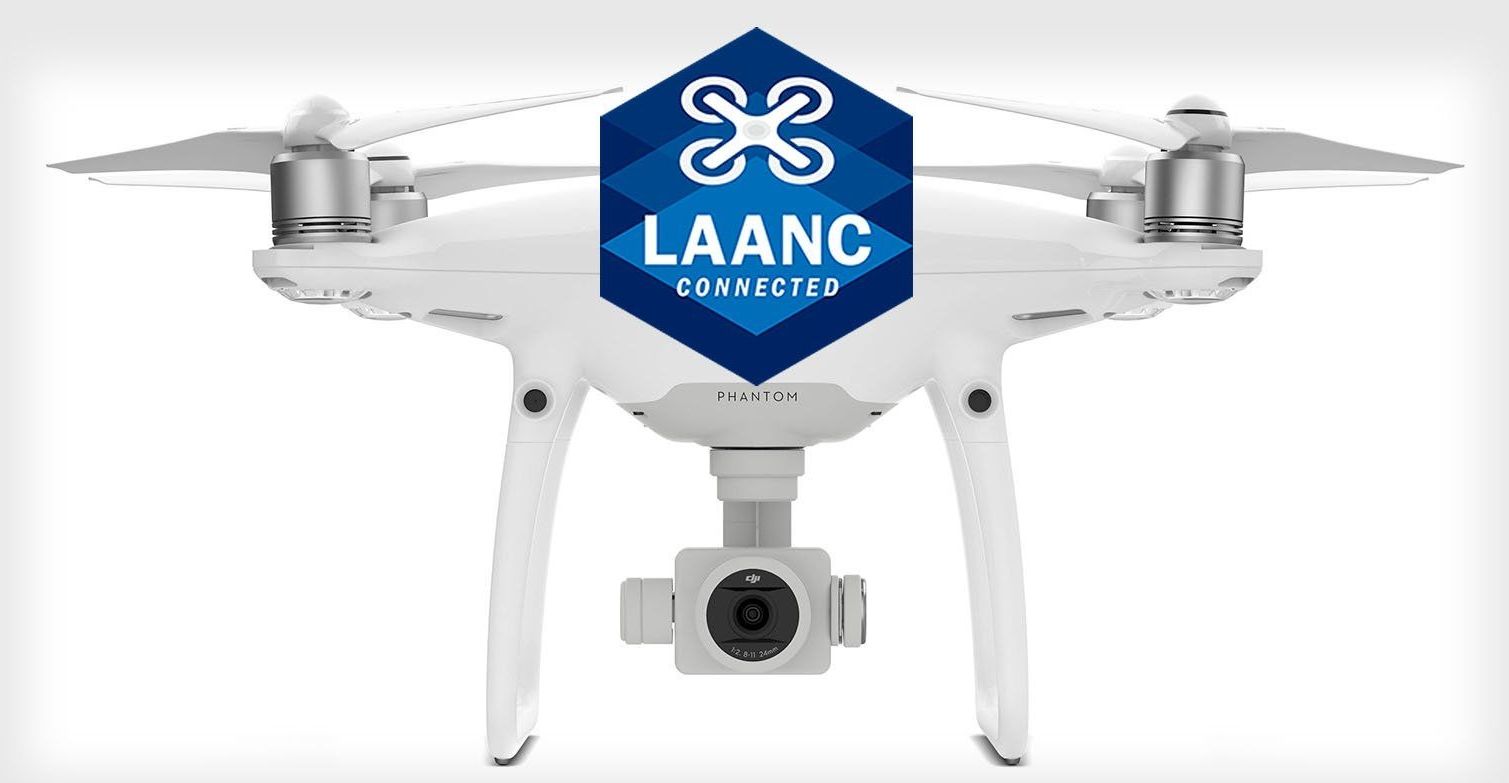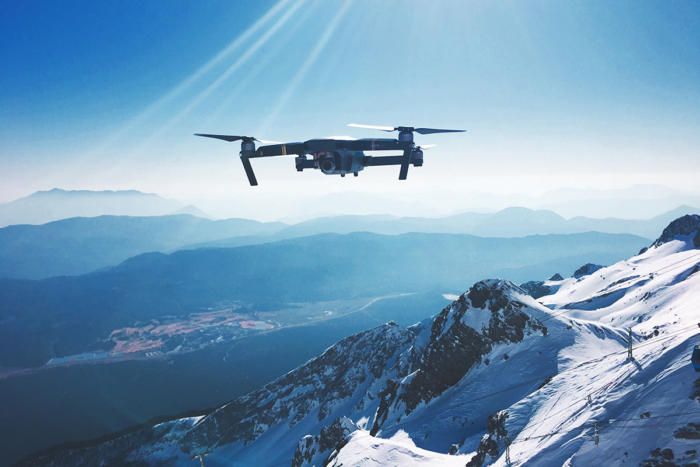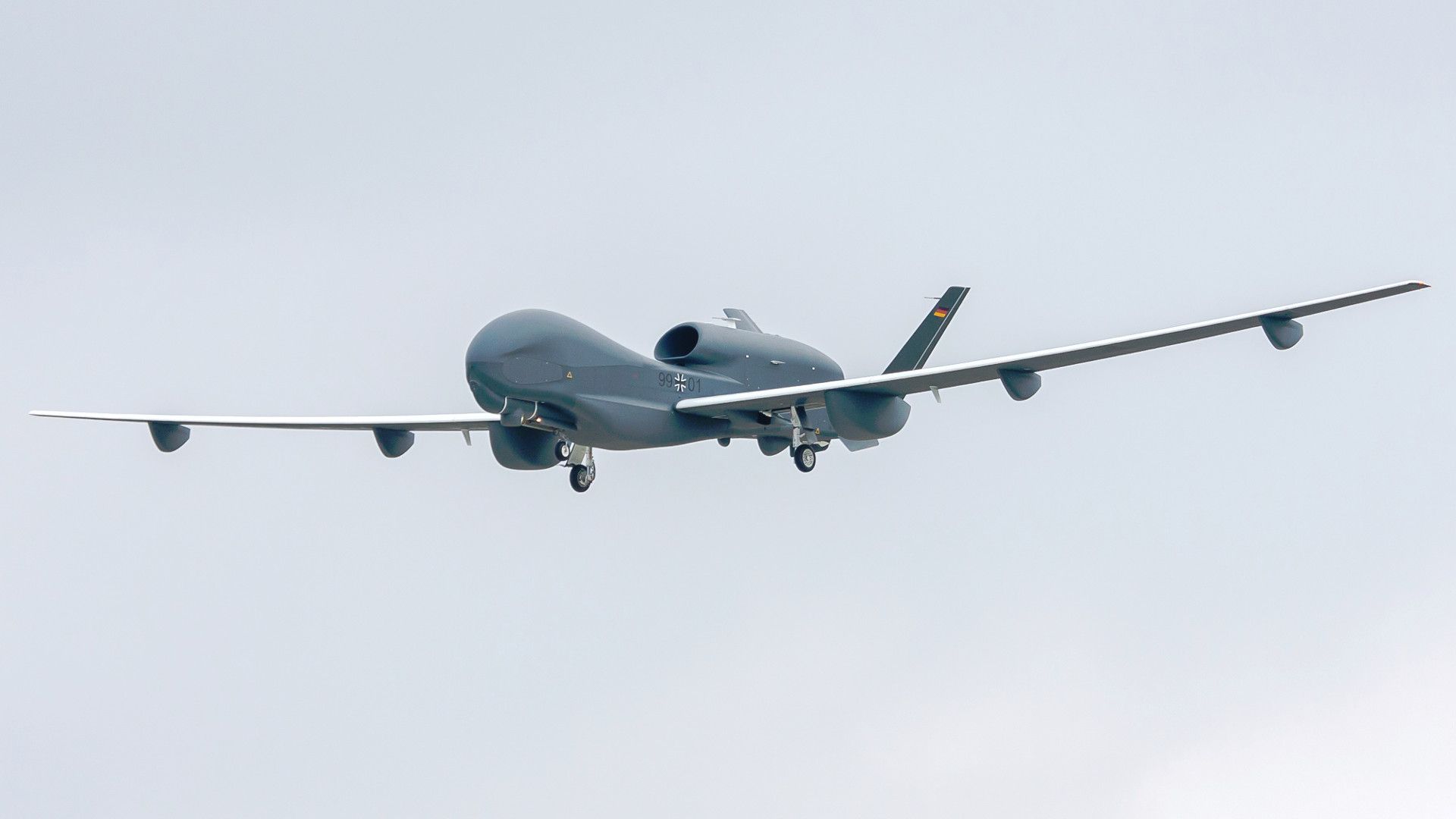We are in the early days of what might be called the “physical cloud,” an e-commerce ecosystem that functions like the internet itself. Netflix caches the movies you stream at a data center physically close to you; Amazon is building warehouse after warehouse to store goods closer to consumers. And the storage systems at those warehouses are looking more like the data-storage systems in the cloud. Instead of storing similar items in the same place—a helpful practice when humans were fetching the goods—Amazon’s warehouses store multiples of the same item at random locations, known only to the robots. Trying to find an Instapot at one of Amazon’s warehouses would be like trying to find where in the cloud one of your emails is stored. Of course, you don’t have to. You just tap your screen and the email appears. No humans are involved.
What if you could store and deliver goods as easily as data? Amazon, Walmart and others are using AI and robotics to transform everything from appliance shopping to grocery delivery. Welcome to the physical cloud.






